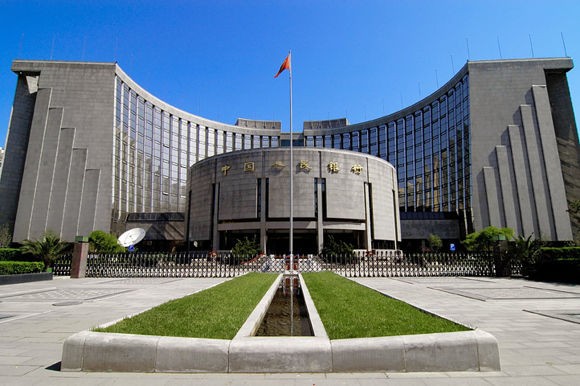Unlike the U.S., Europe and Japan’s quantitative easing program (QE), Beijing has declared that the People’s Bank of China (PBOC) will attempt to support the economy by expanding its own balance sheet and conducting indirect purchasing of bonds.
The central bank will try to funnel fresh capital into policy banks, which will then offer loans to local governments.
In order to fix the volatility of China's equity markets, the PBOC has contributed 120 billion yuan ($19 billion) in the China Securities Finance Corp. (CSFC), a government-backed fund dedicated to the stabilization of the market.
The funds were funnelled through repurchase agreements and collateral lending, according to Wallstreetcn.
In a report by the Want China Times, Shen Jianguang, chief Asia economist for Mizuho Securities Asia, said that "this is Chinese-style QE but it doesn't involve the central bank in buying assets and is indirect and more sophisticated compared to the U.S. and Japan."
According to Xue Hexiang, a senior strategist at Huatai Securities, the contribution to the CSFC exemplified the central bank as the ultimate lender in equity markets while the company acts as a stabilization fund.
In addition, Wallstreetcn has stated on its website that the PBOC has more monetary policy options since China's one-year lending rate currently stands at 4.85 percent.
However, such a strategy goes against market rules but is necessary to prevent risks from spreading further into other areas, said Tao Dong, managing director and chief economist for non-Japan Asia at Credit Suisse.
Chen Xingsong, chief China economist at BNP Paribas, has stated that the PBOC is open to borrowers, but it has not yet decided on flooding the market with liquidity.



























